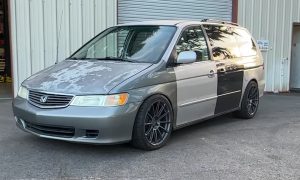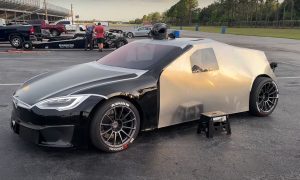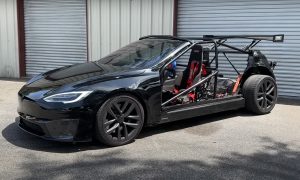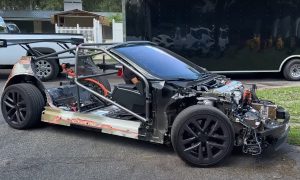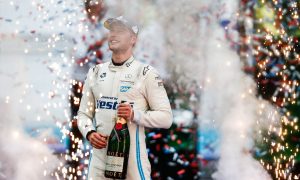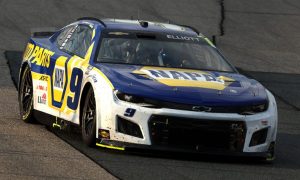Lifestyle
Tesla Racing Series: Types of Racing
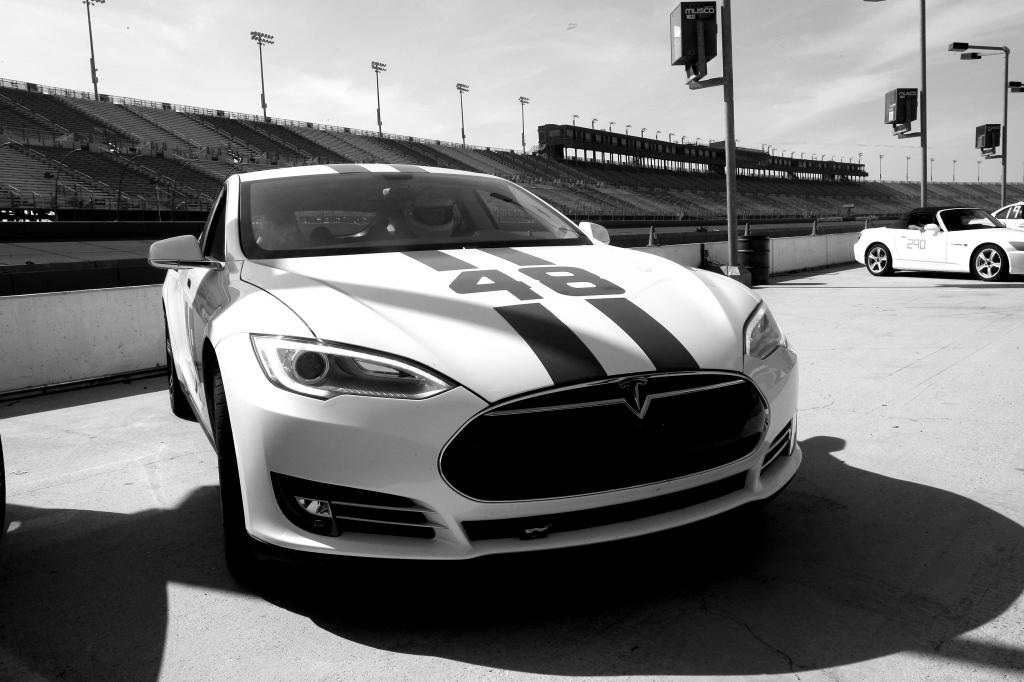
There are many different types of racing, and while it’s impractical to cover all of them, we’ll cover a few that we tried in our 48 Tesla Model S.
Autocross
Due to its heavy weight, the Model S does not perform very well in autocross events. To clarify, since the term “Autocross” can refer to several different types of setups, here we refer to a course laid out by cones on an asphalt surface, most often done on speedway infields or large stadium parking lots. Typical speeds on this type of layout are approximately 30 mph with occasional bursts of up to 60mph.
Autocross can also refer to country road racing – a type of racing that should never be done in the Model S in order to avoid damage to the battery pack that’s mounted beneath the vehicle. While a 1/4″ thick aluminum plate protects the battery, driving on rough surfaces increases the probability of hazardous debris or other large foreign objects to strike and damage the battery.
Autocross courses are usually 1/2 to 3/4 miles in length and comprised of 30+ turns. Mainly light and small cars such as the Mazda Miata tend to dominate these type of events. Bigger and heavier cars like the Tesla Model S have much more body momentum making it more difficult to control and less nimble (the Tesla roadster would probably do a lot better here).
We think Autocross events are great when it comes to getting your feet wet in racing. There are a variety of setups that one can practice on, such as off-camber turns, turns with elevation changes, slaloms, etc. It’s also the safest possible setup, as even the worst mistake would only lead to hitting a cone. One also has the freedom to experiment with new techniques on an autocross that may not be considered safe on other types of tracks.
Open Track Racing
Open track racing, also called track days or simply tracking, is by far the most fun and entertaining type of racing. This type of racing allows you to race alongside other cars on racetracks of varying sizes and complexities. Courses can range from lower speed technical road courses to as large as full stadium ovals where NASCAR races are held.
It’s important to note that this type of open track racing should not be confused with wheel-to-wheel competition racing, where the driver needs to be licensed, the car has to be race prepared, and the objective is to win by any means necessary – even if it means wrecking the vehicle. The objective of open track racing is to have fun, be competitive but courteous, and more importantly walk away with your car undamaged.
The Tesla Model S does well on these tracks given its sports car like handling, excellent stability controls, and snappy acceleration. One of the most exhilarating aspects of open track racing is being able to drive and pass other contenders at speeds well over 100 mph, and in a environment that’s generally safer than competition wheel-to-wheel racing.
At the same time, the tracks have a reasonable number of turns where you can practice your driving skills, such as following racing lines, braking zones, track outs, on and off camber turns, etc. While its fairly straightforward on paper, doing it in real life is a lot more difficult. It’s a very rewarding experience when you master a segment and can repeat it time after time. While open track racing is not a competition for track position, you are in fact competing with other cars for the best overall lap time.
Everyone we’ve ever interacted with at these events were friendly, helpful, and professional. And while you don’t receive a prize for crossing the line first, as you do in competition racing, the real reward is being able to meet a group of passionate people that all have the common goal of just plain ol’ having fun!

And this is where the primary focus of TESLARATI 48 Tesla is. At the time of writing, we completed 4 track events, Willow Springs (The Big Willow), the Streets of Willow, the California Speedway (Fontana Auto Club Speedway), and Buttonwillow.
After starting in the Novice group at the first track, we were promoted to the Intermediate group at the second event based on fast lap times. The 48 Tesla completed fastest lap times in the Intermediate groups around the middle of the pack in all subsequent events. Working on our skills while in this group will also give us time to seek alternatives to improve cooling of the Tesla drivetrain components that can cause power limitations. We’re also really looking forward to these new tracks coming up in the first half of the year: Chuckwalla, Spring Mountain, Sonoma, Thunderhill, and Laguna Seca.
We’ll be publishing our full event schedule as it becomes available so stay tuned!
![]()
Also see: The “48″ Tesla Model S takes on Buttonwillow Raceway [Video]
[learn_more caption=”Disclaimer”] The information contained in the “48” Tesla Racing Series is for general information purposes only and is not meant to serve as an endorsement for track, competition or activities around racing. Our endeavor is to simply showcase the amazing performance capabilities of the battery powered Tesla Model S sedan.[/learn_more]
Lifestyle
Elon Musk seemingly confirms Cybertruck gift to 13-year-old cancer fighter
Diagnosed in 2018 with a rare form of brain and spine cancer with no cure, the teen has undergone 13 surgeries by the time he was 12.
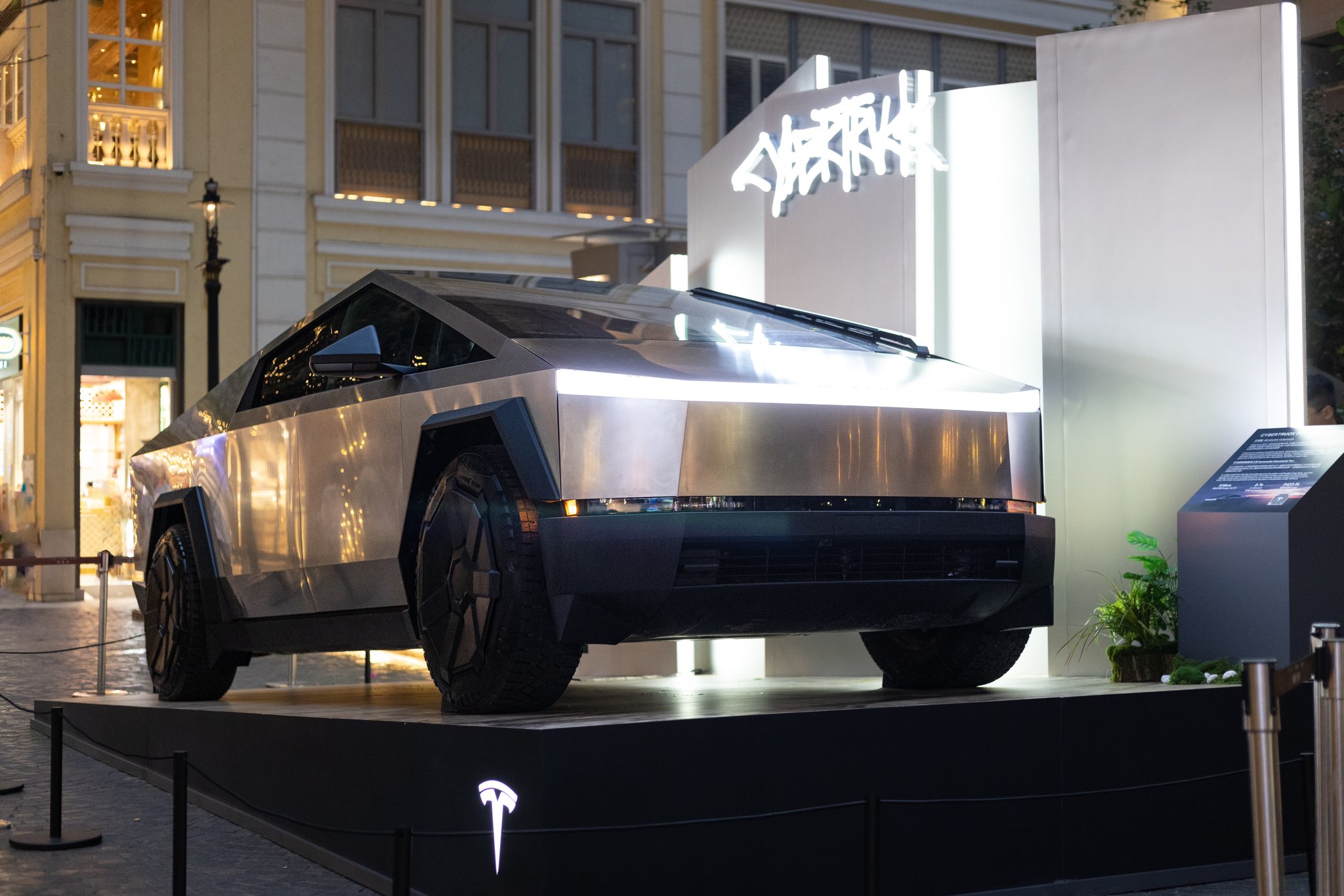
Elon Musk has seemingly confirmed that he will be sending a Tesla Cybertruck to 13-year-old Devarjaye “DJ” Daniel, a 13-year-old Houston boy fighting brain cancer. The teen was recognized as an honorary Secret Service member by U.S. President Donald Trump during his address to Congress on Tuesday.
A Chance Meeting
The Tesla CEO’s Cybertruck pledge was mentioned during DJ’s short interview with CNN’s Kaitlan Collins. When Collins asked the 13-year-old what he told the Tesla CEO, DJ answered that he asked for a Cybertruck.
“I said, ‘can you do me a big favor, when you get back to Houston can you send us a Cybertruck down there?’” the cancer fighter stated.
Daniel noted that Musk responded positively to his request, which was highlighted by Collins in a post on X. Musk responded to the post with a heart emoji, suggesting that he really will be sending a Cybertruck to the 13-year-old cancer fighter.
Teen’s Cancer Battle Inspires
Diagnosed in 2018 with a rare form of brain and spine cancer with no cure, Daniel has undergone 13 surgeries by the time he was 12. During his speech, Trump highlighted the 13-year-old’s long battle with his disease.
“Joining us in the gallery tonight is a young man who truly loves our police. The doctors gave him five months at most to live. That was more than six years ago. Since that time, DJ and his dad have been on a quest to make his dream come true,” Trump stated.
Daniels officially received an honorary badge from U.S. Secret Service Director Sean Curran, to much applause during the event.
Surprisingly Partisan
While Daniels’ story has been inspiring, Trump’s focus on the 13-year-old cancer fighter has received its own fair share of criticism. MSNBC host Nicolle Wallace, while referencing Daniels’ love for law enforcement, noted that she is hoping the 13-year-old never has to defend the U.S. capitol against Trump supporters. “If he does, I hope he isn’t one of the six who loses his life to suicide,” Wallace stated.
Anti-Musk and Trump accounts on X have also thrown jokes at the cancer fighter’s honorary badge, with some dubbing the 13-year-old as a “DEI hire” that should be looked into by DOGE.
Lifestyle
Tesla owner highlights underrated benefit of FSD Supervised
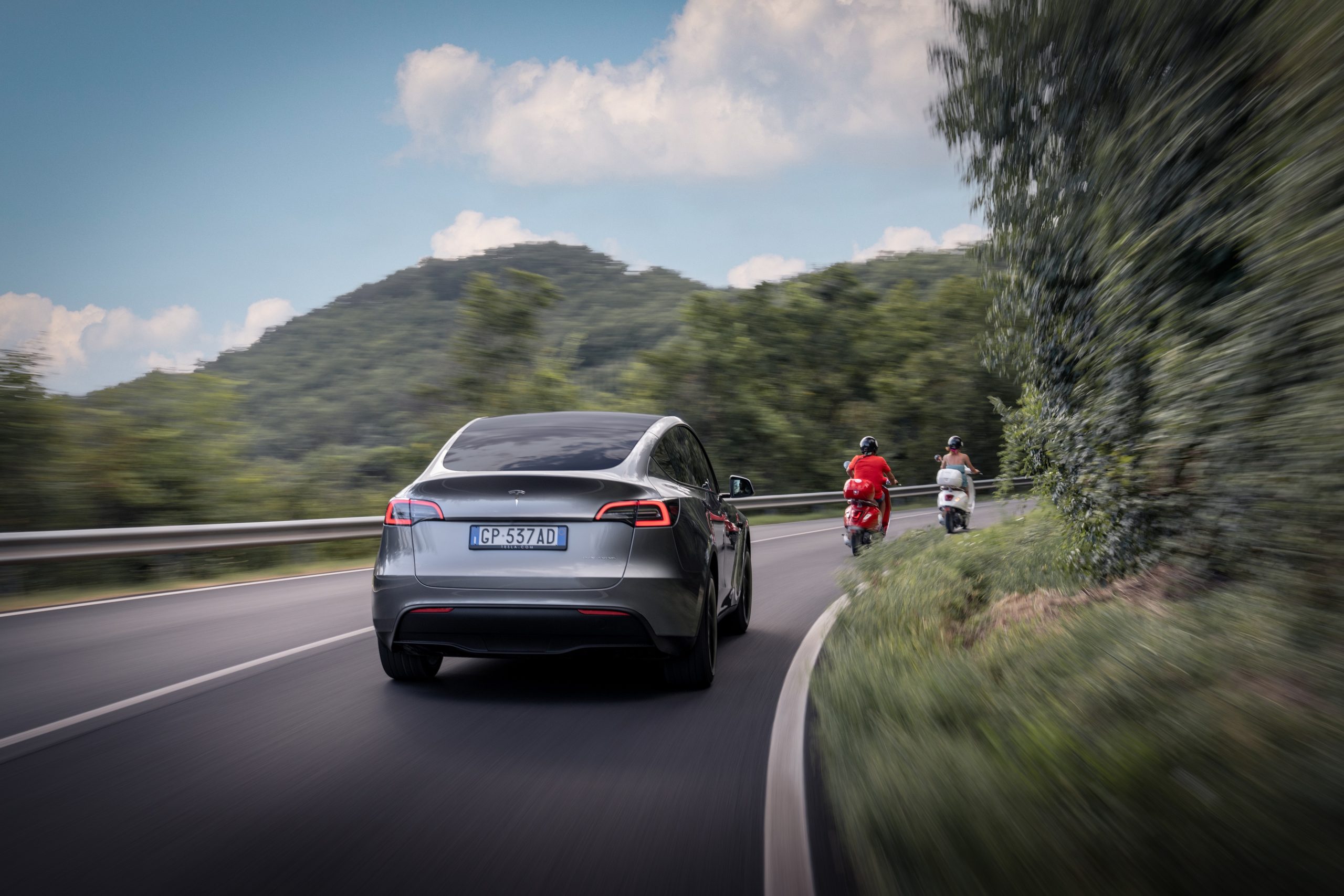
Elon Musk has been pretty open about the idea of FSD being the difference maker for Tesla’s future.
If Tesla succeeds in achieving FSD, it could become the world’s most valuable company. If it doesn’t, then the company would not be able to reach its optimum potential.
FSD Supervised’s safety benefits:
- But even if FSD is still not perfect today, FSD Supervised is already making a difference on the roads today.
- This was highlighted in Tesla’s Q4 2024 Vehicle Safety Report.
- As per Tesla, it recorded one crash for every 5.94 million miles driven in which drivers were using Autopilot technology.
- For comparison, the most recent data available from the NHTSA and FHWA (from 2023) showed that there was one automobile crash every 702,000 miles in the United States.
This morning, Tesla FSD proved to be an absolute godsend. I had to take my brother-in-law to the hospital in Sugar Land, TX, which is 40 miles away, at the ungodly hour of 4 AM. Both of us were exhausted, and he was understandably anxious about the surgery.
— JC Christopher (@JohnChr08117285) January 29, 2025
The convenience of…
FSD user’s tale:
- As per an FSD user’s post on social media platform X, FSD Supervised was able to help him drive a relative to a medical facility safely even if he was exhausted.
- During the trip, the driver only had to monitor FSD Supervised’s performance to make sure the Tesla operated safely.
- In a vehicle without FSD, such a trip with an exhausted driver would have been quite dangerous.
- “This morning, Tesla FSD proved to be an absolute godsend. I had to take my brother-in-law to the hospital in Sugar Land, TX, which is 40 miles away, at the ungodly hour of 4 AM. Both of us were exhausted, and he was understandably anxious about the surgery.
- “The convenience of sending the hospital’s address directly from my iPhone to my Tesla while still inside my house, then just a single button press once inside, and 40 miles later we were precisely in front of the hospital’s admissions area.This experience really underscores just how transformative this technology can be for society,” Tesla owner JC Christopher noted in his post.


Don’t hesitate to contact us with news tips. Just send a message to simon@teslarati.com to give us a heads up.
Lifestyle
Tesla Optimus “stars” in incredible fanmade action short film
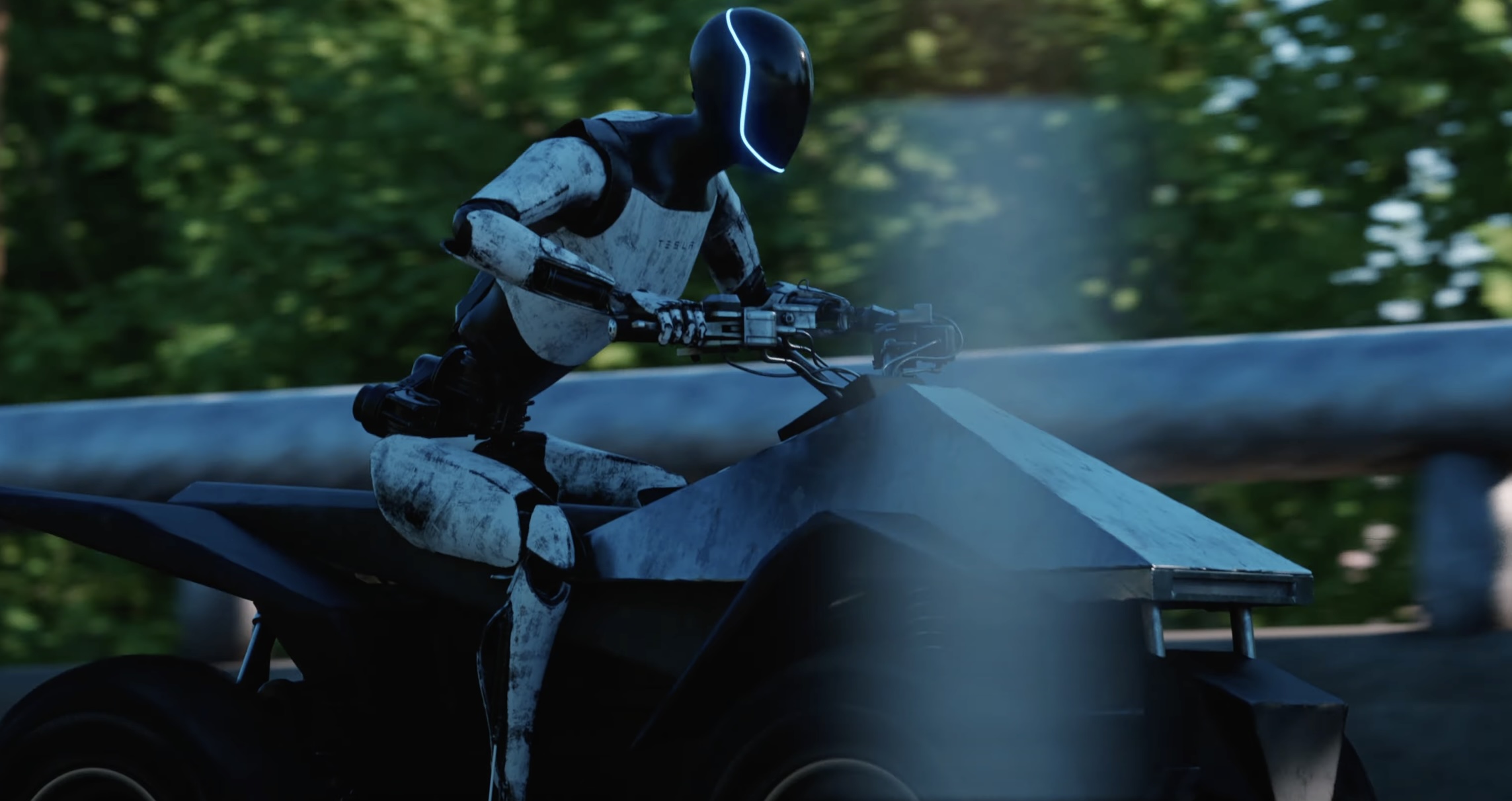
There are few things that prove an enthusiast’s love towards a company more than a dedicated short film. This was highlighted recently when YouTube’s SoKrispyMedia posted a 10-minute action movie starring Optimus, Tesla’s humanoid robot, as well as several of the company’s most iconic products.
The video:
- Shot like a Hollywood action flick, the video featured a rather humorous plot involving a group of thieves that mistakenly targeted a Tesla Model 3 driver.
- The Model 3 driver then ended up speaking to Tesla for assistance, and some high-octane and high-speed hijinks ensued.
- While the short film featured several Tesla products like the Model 3, Superchargers, and the Cybertruck, it is Optimus that truly stole the show.
- Optimus served several roles in the short film, from an assistant in a Tesla office to a “robocop” enforcer that helped out the Model 3 driver.
Future Robo-cop @Tesla_Optimus
— SOKRISPYMEDIA (@sokrispymedia) January 12, 2025
full video: https://t.co/TXpSRhcP5K pic.twitter.com/YFHZ7siAP7
Cool inside jokes:
- The best Tesla videos are those that show an in-depth knowledge of the company, and SoKrispyMedia definitely had it.
- From the opening scenes alone, the video immediately poked fun at TSLA traders, the large number of gray Tesla owners, and the fact that many still do not understand Superchargers.
- The video even poked fun at Tesla’s software updates, as well as how some Tesla drivers use Autopilot or other features without reading the fine print in the company’s release notes.
- The video ended with a tour de force of references to Elon Musk products, from the Tesla Cybertruck to the Boring Company Not-a-Flamethrower, which was released back in 2018.
Check out SoKrispyMedia’s Tesla action short film in the video below.
Don’t hesitate to contact us with news tips. Just send a message to simon@teslarati.com to give us a heads up.
-
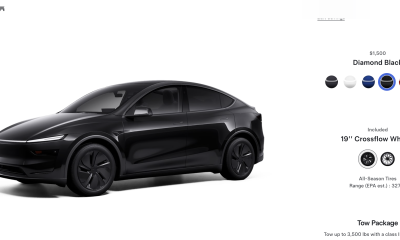
 News2 weeks ago
News2 weeks agoTesla rolls out new, more affordable trim of the Model Y Juniper in U.S.
-
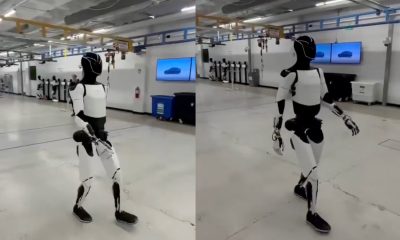
 News2 weeks ago
News2 weeks agoTesla shares Optimus’ improved walk in new update video
-
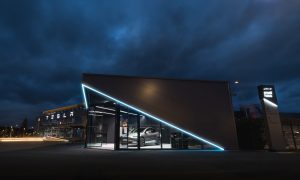
 Elon Musk2 weeks ago
Elon Musk2 weeks agoTesla Germany reports 4,935 units sold in Q1 2025
-
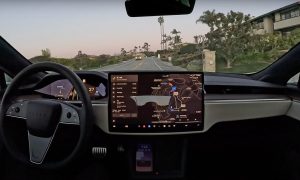
 News2 weeks ago
News2 weeks agoTesla expands Early Access Program (EAP) for early Full Self-Driving testing
-

 Elon Musk2 weeks ago
Elon Musk2 weeks agoNYC Comptroller moves to sue Tesla for securities violations
-

 News1 week ago
News1 week agoTesla celebrates key milestone for 4680 battery cell production cost
-
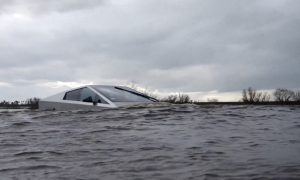
 News2 weeks ago
News2 weeks agoTesla’s Elon Musk reiterates ambitious Cybertruck water update
-
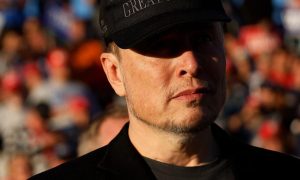
 News2 weeks ago
News2 weeks agoElon Musk will continue as DOGE adviser: VP Vance

